Small items that make a big difference
These small, relatively cheap items can make a big difference to your mobility.
On this page
Getting funding for disability equipment can be a lengthy process. There are lots of sources of funding for disabled people, but it can take a while for the money to come through. If it's something small and simple, it might be easier to get the equipment yourself.
Here are some simple and relatively cheap items that can make a big difference to your mobility. Most of these cost less than $50 and getting them yourself is faster than waiting for an assessment.
Special cutlery
Average cost: $20-$50 per item, or $90-$120 for a set.
If you have limited mobility in your hands or wrists, eating can be frustrating and difficult. But getting the right cutlery might help.

Consider a cutlery set with large rubber grips that makes the cutlery easy to hold. You don’t need the same amount of strength and dexterity in your fingers like you do with regular cutlery.
You can also get bendable cutlery. These special knives, forks, and spoons are made of a bendable type of metal so you can adapt them to suit you. This saves you having to twist your hands or wrists when you eat.
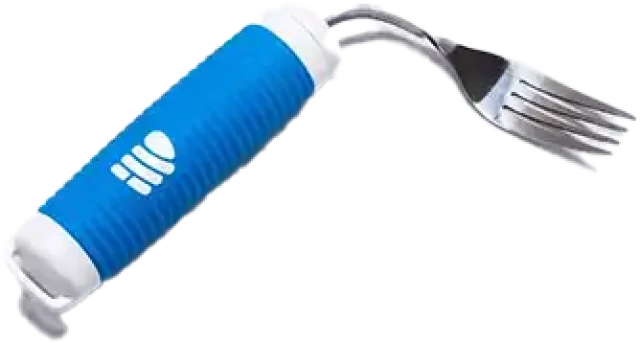
Can and jar openers
Average cost: $30-$70
Just like with cutlery, opening cans and jars can be a nightmare if you’ve got limited strength or mobility in your hands. A simple device like the CanKey or JarKey can make the job so much easier by giving you extra leverage. You can also get small rubber bottle openers which give you extra grip so you can open bottles more easily. These cost around $5-$15.


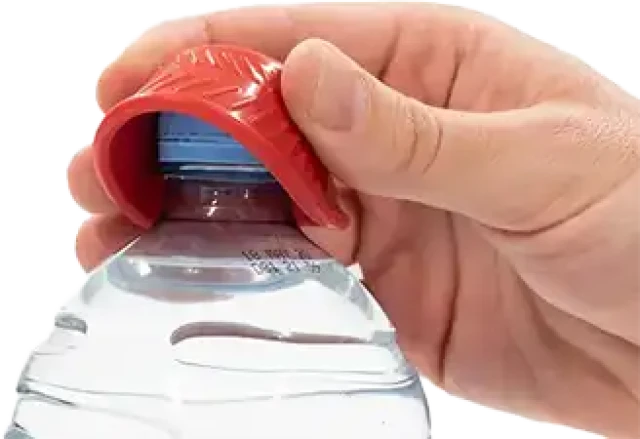
You can take it up a notch and get anelectric canor jar opener. They require very little effort – a small motor does all the work so you just have to hold it and watch the can or jar pop open! They do cost more, up to $70, but it also saves you a lot of time and effort.
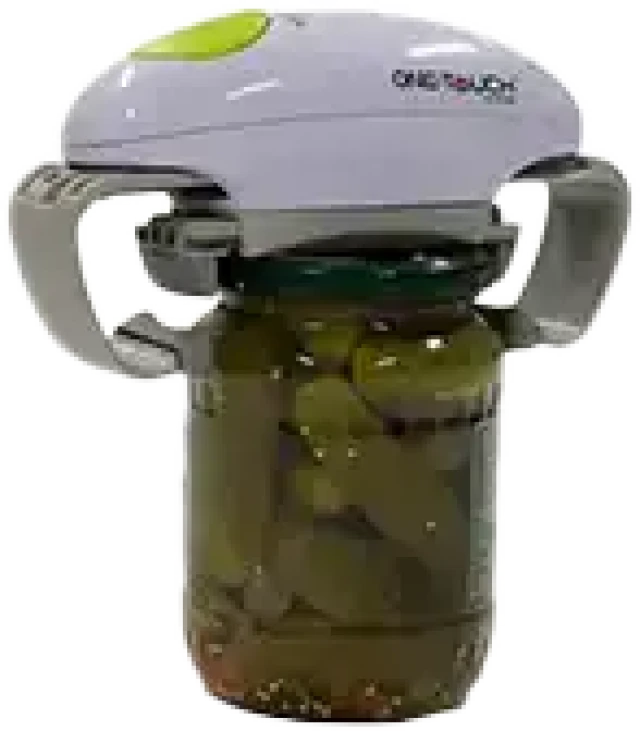
Long handled hairbrushes
Average cost: $15-$35
These are helpful if you have limited mobility in your arms. There’s no need to lift your arms as far, making brushing or combing your hair easier. You can also get long-handled sponges for the bath or shower, and long-handled lotion applicators.
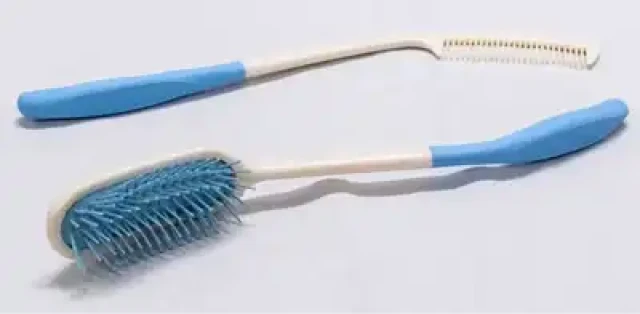
Reachers
Average cost: $25-$40
These are brilliant for picking things up without bending. They’re a long pole with a trigger handle at one end and a claw at the other
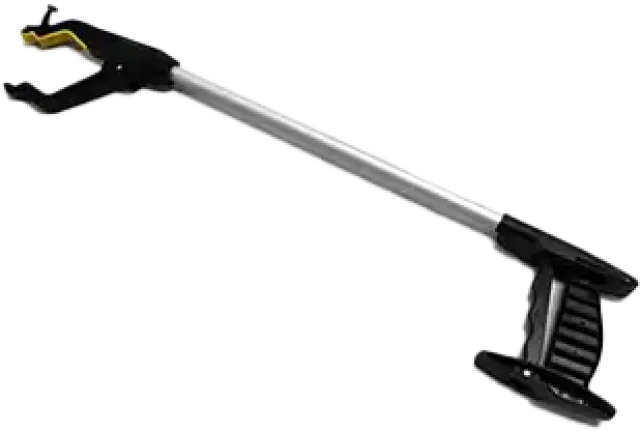
Make sure you get the right length for what you need. Longer ones are great if you can walk because you’ll be able to get stuff up off the ground. You’ll need a shorter one if you’re in a wheelchair because you’re closer to the ground. Some reachers have magnets at the claw end so you can easily pick up metal objects.
Dressing aids
Average cost: $5-$25
Getting dressed in the morning can be difficult if you’ve got limited mobility, but there are a few simple dressing aids that could make your life much easier.

A dressing stick helps you put on items of clothing without having to bend down. It’s ideal if you’ve got arthritis or have had a hip replacement.
If you find putting on socks difficult, try a sock or stocking aid. You put the sock over the sock aid, then place your foot inside it and pull the straps on the sock aid. It makes putting socks on easier without much bending.

You could also try a leg lifter if you have limited lower body mobility, or a zip hook if you struggle to grip small items.

Walking sticks
Average cost: $25-$35
A walking stick is a relatively cheap piece of equipment that could make a huge difference to your mobility. There are some different options, so make sure you get the right one for you.
Non-folding walking sticks are suitable for anyone who needs a little extra support while they’re walking. You can adjust the height to suit you – make sure the handle is in line with your hip when you’re standing. They come with rounded or straight handles, and some hand wrist straps so you don’t have to worry about dropping your stick.
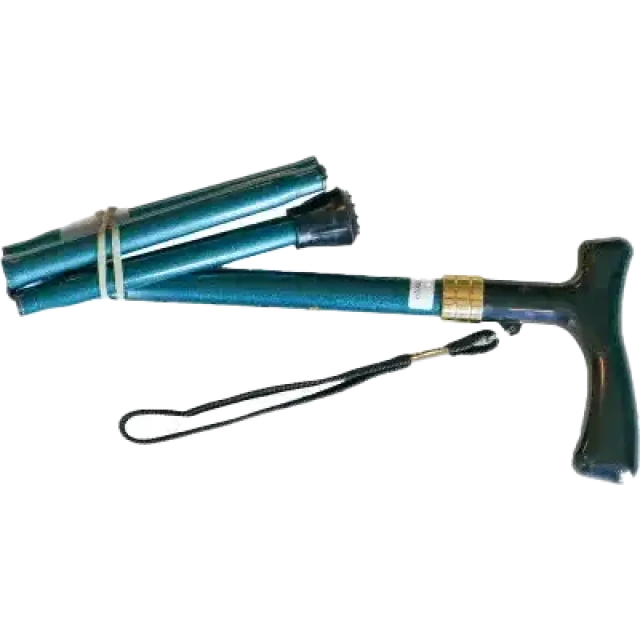
Non-folding walking sticks are suitable for anyone who needs a little extra support while they’re walking. You can adjust the height to suit you – make sure the handle is in line with your hip when you’re standing. They come with rounded or straight handles, and some hand wrist straps so you don’t have to worry about dropping your stick.
Folding walking sticks do the same thing, only they collapse into a very small size. This means you can pop your walking stick in a bag when you don’t need it. It gives you extra versatility while still giving you the support you need.
You could also go for a quad base walking stick. These have a four-point base at the end, providing you with extra stability over your traditional walking stick that just has the one end.
Grab rails
Putting some grab rails around the house where you need a little extra support is a cheap and safe option. How much they cost depends on the length. You can get a basic rail up to 60cm long for less than $60.
Places where you need to get up and down, like in the bathroom, are great locations for grab rails.
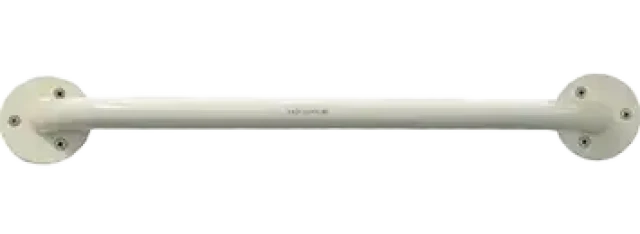
Vehicle aids
Getting in and out of the car can be difficult and frustrating, but there are a few simple aids that can make the process so much easier.
The Handy Bar is a great little tool that acts as an extra handle, making it easy to get in and out of the car. You put it into the striker plate just inside the car door, and then lean on it to get in and out. It’s also a great safety device to have for emergencies: it’s got a blade so you can cut your seat belt and a hard metal end so you can smash a window.
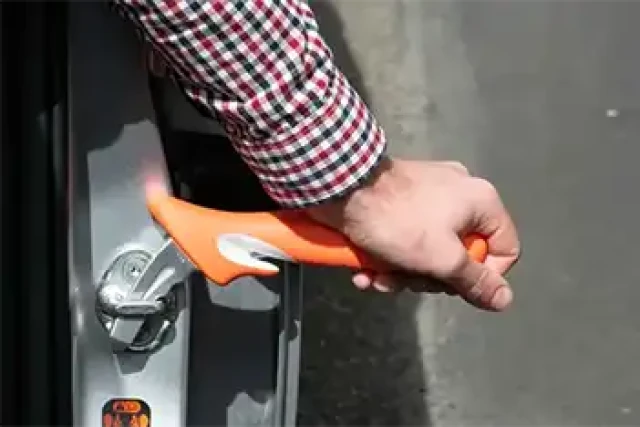
A key turner is another great little device if you have trouble gripping keys. You can put your keys inside the large plastic handle to make it easier to turn them.

Where to from here?
There are many stores throughout New Zealand that specialise in selling disability equipment. Some also have excellent online stores so you don't have to go into the shop to buy them, but you'll probably want to try a lot of these things out before you buy. The best place to start is with your local Disability Information Centre. Most of them sell equipment themselves, and if they don't, they'll be able to point you in the right direction.